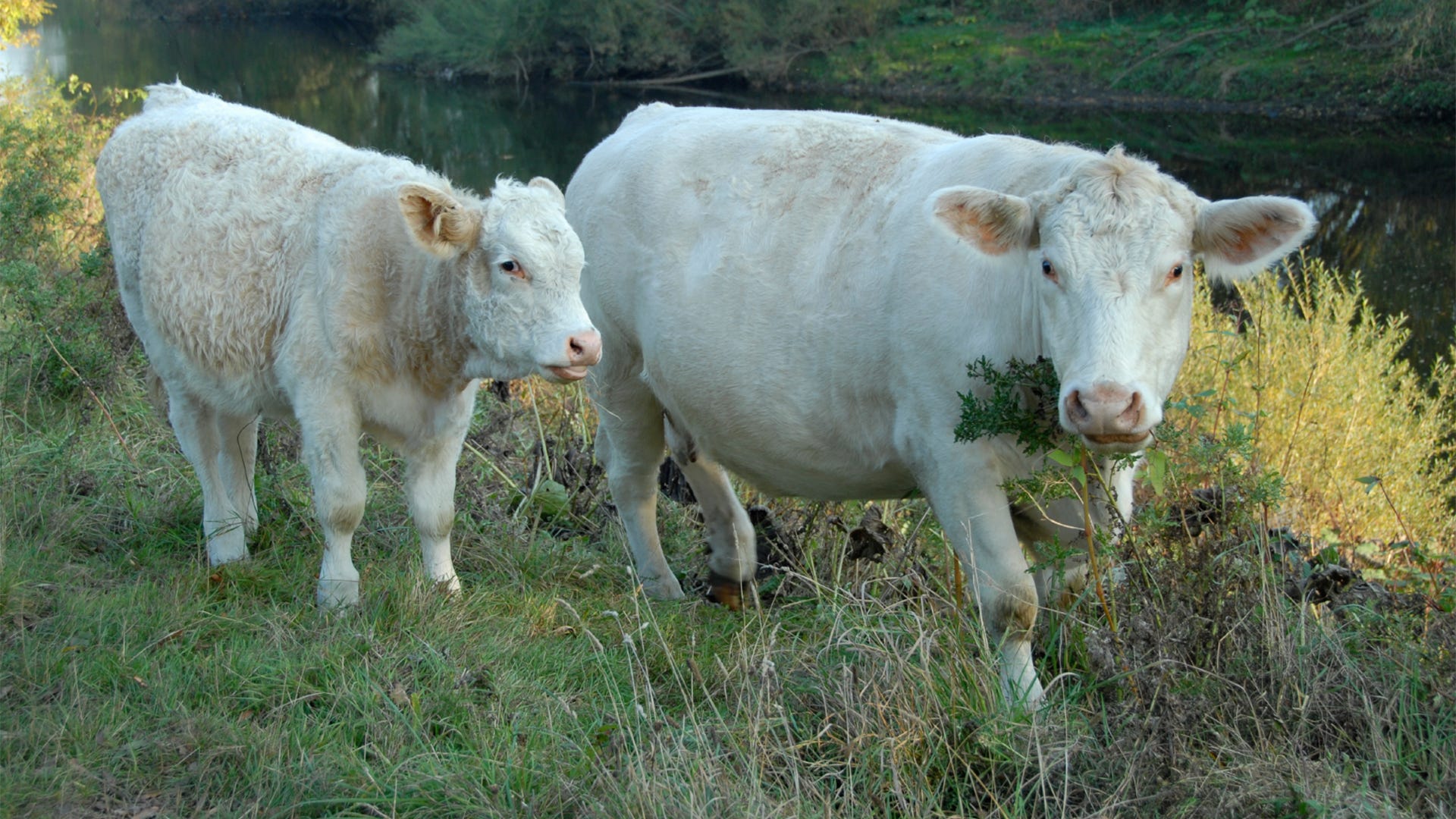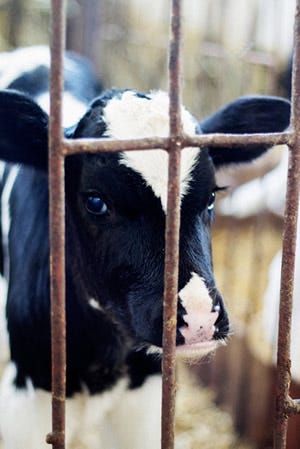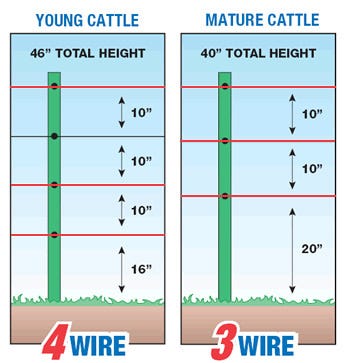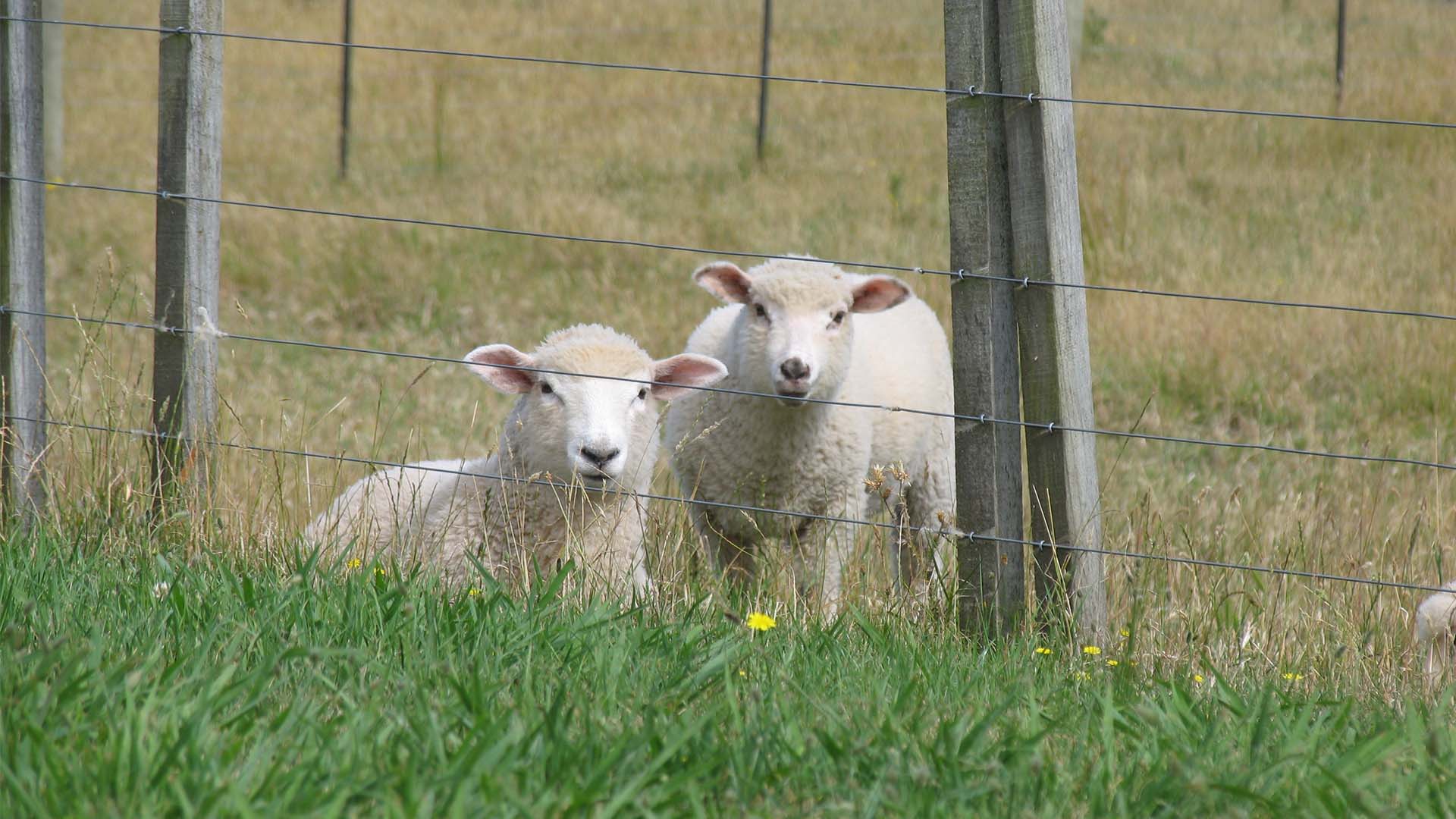
With fall comes weaning and shipping for many cattle operations across the country. This can be a stressful time for both the cows and calves involved. Fenceline weaning provides producers with a way to help to reduce the stress cattle experience during this time. The practice involves separating cows and calves into separate enclosures which share a fenceline. In some of these cases this might be a large lot and corral, and in others, two pastures side-by-side.
Pasture fenceline weaning, in particular, works very well when calves are weaned around the normal age of 6 to 8 months. Producers who use this weaning method report better weight gains on calves after weaning and less stress on cows and calves. Calves calm down quicker and bawl for a shorter period of time, which means they return to eating and gaining weight sooner than their traditionally weaned counterparts.

How Fenceline Weaning Works
To fenceline wean calves, you must have two pastures with adequate forage located next to each other that share a fence on one side. Fencing should be substantial enough to prevent calves from nursing their mothers and keep the two groups separate. Often an electric fence is ideal to limit efforts by the calf to reach its mother.
Be sure to keep the point of contact (i.e. the shared fenceline) between cows and calves a short one. This short space will encourage calves to travel away from the cows to forage, rather than lingering near her side bawling. If putting any of the calves back into the herd, such as replacement heifers, it's recommended to wait until calves have been separated for at least 4 weeks.
Electric Fencing & Weaning
For types of fencing, a variety of options, both electric and non-electric exist, including high-tensile, barbed wire, or woven wire fencing. Once cattle are properly trained to electric fencing, it is one of the most effective.
For cattle familiar with electric fencing, a 3-wire or 4-wire system is usually adequate. Common configurations include:
- 3-wire system
- 2 "hot wires" and 1 ground wire
- For good soils, all "hot wires."
- 4-wire system
- 2 "hot wires" and 2 ground wires
- For good soils, all "hot wires."
For animals that have not been exposed to electric fencing more strands (up to 5-wires) may be necessary. High-tensile will be your most effective option. Wires will alternate between hot-ground-hot-ground-hot. The first wire should be placed at least 12 to 16 inches above ground to a height of 46 to 54 inches, evenly spaced. It is recommended at least 4,500 to 5,000 volts of current be maintained on the shared fenceline used for weaning.

Tips and Ideas for Weaning Calves
For more information on weaning calves, consult your local beef cattle extension specialist. If you’ve had success with this weaning technique, we would love to read about it in the comments below. You can also tell us about your efforts the next time you visit Zareba® on Facebook.
For more ideas for your farm and help with your Zareba® equipment, subscribe to our E-Newsletter.



